By the time a child leaves school, they have spent more time in an educational building than anywhere else, with the exception of their home. To this end, the buildings in which we educate our children have a measurable impact on their wellbeing and development.
Studies have proven that well ventilated buildings with good indoor air quality, acoustics and enhanced levels of thermal comfort, lead to better cognitive performance, sleep quality, and a host of other tangible benefits. This work showed that when you build green, you receive health and productivity benefits, and while it didn’t specifically examine schools and the students that occupy them, there’s no reason to believe the results aren’t applicable. It’s reasonably safe to assume that if you build a high performing green school, you are likely to get more productive and healthy students.
This is why in November 2017, the World Green Building Council published infographics to enhance awareness of the links between educational buildings and improved student performance. We hope this will create a fresh wave of engagement around the impact and importance of buildings in the learning environment and how they can shape comfort levels, personal wellbeing and educational performance to enhance the prosperity of this generation and future generations to come.
Click here to read the infographics, or click on the image below to download the infographic.






